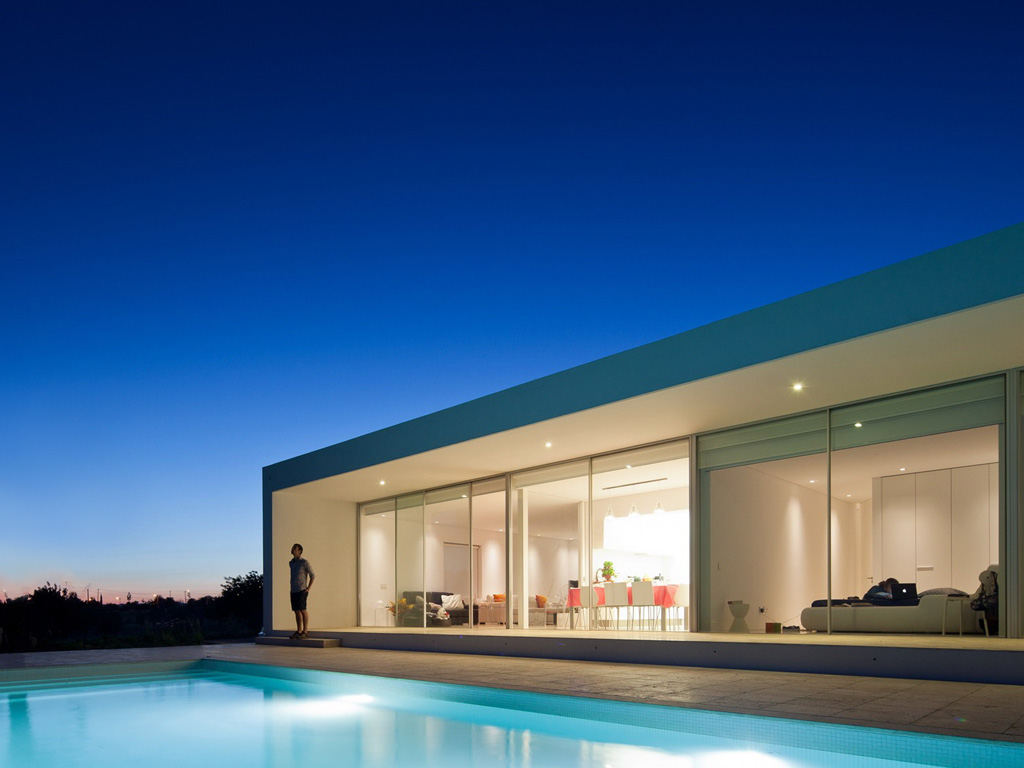

The AUH was opened on 13 April after 2 years of construction and regards itself
as an extracurricular learning facility for school projects on construction culture
as a place for young people to learn about the environment as a venue for further education in the fields of architecture and environment
as a special leisure venue as a national exhibition and discussion space with a focus on urban development
as an information centre and example of energy-efficient construction as a general meeting point for young and old
and will be used by 4 local associations (Lebenshilfe e. V. (counselling service), Bürgerverein e. V. (civic association), Umweltladen/-schule e.V. (ecology store), Archimedesgarten e. V.) (educational activities).
The baroque palace includes a room for events in the loft, an exhibition space on the upper floor, meeting rooms and interesting indoor and outdoor spaces such as an accessible green roof.
The Lebenshilfe counselling service plans to open a café on the ground floor in the near future and there are 7 wheelchair-accessible homes on the adjacent brownfield plot.
The idea was developed in 2008 by the working group ”Architekten und Ingenieure im Naumburger Bürgerverein“ (Architects and engineers of Naumburg civic association)
The city was awarded a grant by IBA Urban Redevelopment 2010 for renovating the 300 years old, dilapidated building complex, which once housed a bedspring factory (18th century), a piano workshop (19th century) and a slaughterhouse (20th century).
The natural stone building and its eventful history should be maintained for future generations.
Therefore, earlier changes to the street façade such as the installation of garage doors to illuminate the café space have been preserved.
The remaining façade was restored by the state office for the preservation of monuments following restoration analyses.
The protruding cornicing was also carefully removed and restored with plaster moulding.
The steel windows, with fine, filigree profiles, are striking and a fresh addition to the architecture.
All the wooden joist ceilings and half-timbered walls were infested with “genuine dry rot” and had to be replaced with solid constructions.
However, the original 1716 roof timbers could be saved and are a major architectural feature in the loft space.
In addition to earlier changes to the building façade, major ruptures were also noticeable.
In order to preserve this condition and make it more attractive, a glass façade was positioned in front, which aesthetically enhances the yard area and supplements the energy concept by storing warm air between the glass and the building during the transitional period.
